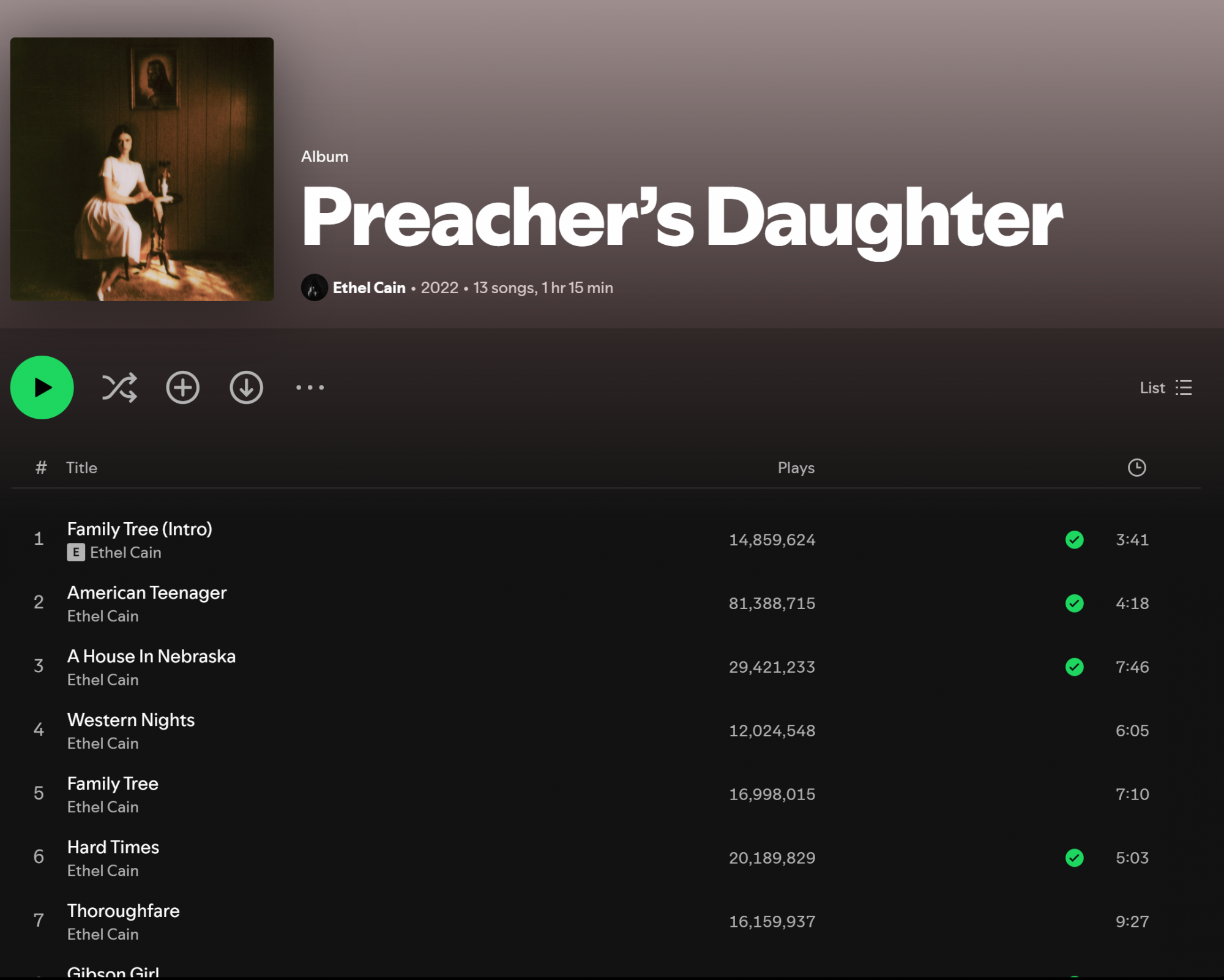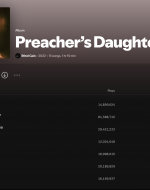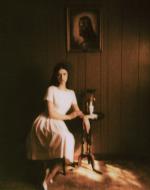Created by Lanell Gardiner on Mon, 02/17/2025 - 11:32
Description:
Preacher's Daughter is artist Ethel Cain's 2022 debut album, inspired by the Southern Gothic land- and soundscape of the south while set in the setting of the Midwest (Nebraska). She grapples with themes of family secrets, generational truama, repressed sexuality, gender, complex religious and spiritual relations, body horror, violence, regret, and nostalgia, to name a few that align very closely with the Gothic genre. There are a lot of trigger warnings in this album, so proceed how you feel best. She's really concerned with the "sins of the father" trope and how it impacts the future generations. She pulls allegories from the bible (her name has meaning as well, and the stage name is that of the girl whose story she narrates and sings about in the album) and is heavily influenced by the deep roots of Evangelicalism which, while not Catholicism (which is what the original form of the Gothic is aligned with), mirrors the same rigid religious structure and sense of repression it instills within individuals who deviate from its standards. She samples church hymns and sermons in a few of the songs, with organs resounding through many and bringing to mind a sort of nostalgia for the deep roots of this religion and its place in America.
The album tells the story of Ethel Cain, and trans girl raised by a preacher in Nebraska who has experienced great violence (sexual and physical) at the hands of her father and many men in her life (this former fact is not exactly revealed in the album but in prior EPs and projects by Cain). She lements the impact of her familys truama, how it drives her actions now and causes her great confusion and pain in her relations with men, religion, sexuality, and self. There's a great sense of weight and history to the songs that seems to go far beyond the lyrics; the sounds and music are given great reverence throughout the album and she does not shy away from letting the guitars and pianos shine (see Televangelism and A House in Nebraska, for example). There is a great feeling of eerieness and inevitability running throughout the album. from the opening song Family Tree (Intro) to Ptolemea and ending with Strangers. Ethel's story brings her across state lines when she's held captive by a lover, who pimps her out and keeps her drugged so she cannot escape. When she does in Ptolemea, the female rage and sense of terror is so potent it makes it hard to listen to. Her captor eventually catches her, kills her, keeps her body in his freezer, and consumes her. Ethel's story doesn't end here, however, as she narrates from the beyond death. Her ghost (i guess one could say) sings the last few songs, holding space for her story and untimely end. She speaks to her former lover as well as her mother in the last song Strangers, lementing her youth, damning her lover, and apologizing to her mother and attempting to assure her of her love and safety in a better place (seemingly heaven).
There is quite a lot of Gothic to go off of here, and it's setting being in Mid-America does not take away from the Gothic's original appeal. There is architecture and eerie landscape, complex family relations and the "sins of the father" trope, villianous men taking advantage of girls/women, sexuality, sexual violence among violence in general, religion and spirituality, loneliness, conservativism, and a feeling of belonging to the old world.
Copyright:
Associated Place(s)
Part of Group:
Featured in Exhibit:
Artist:
- Ethel Cain



